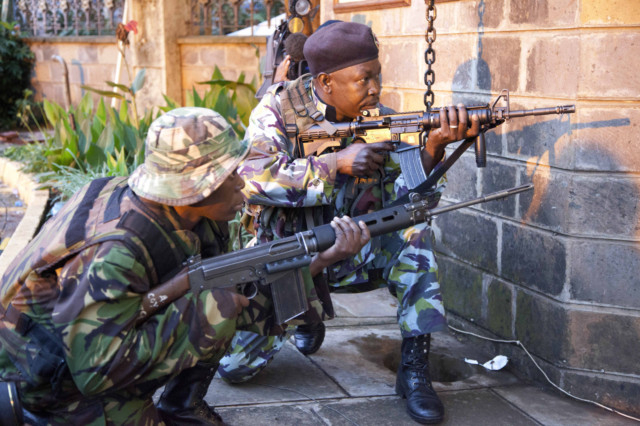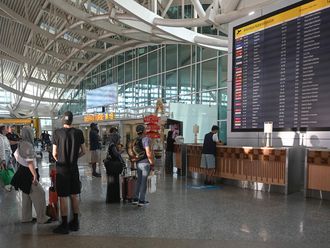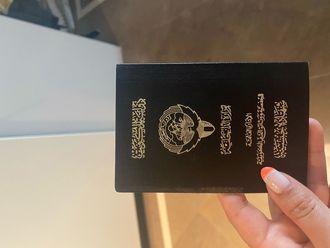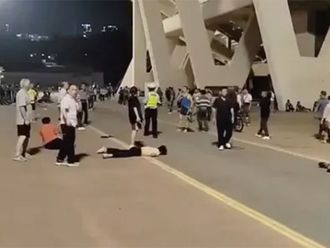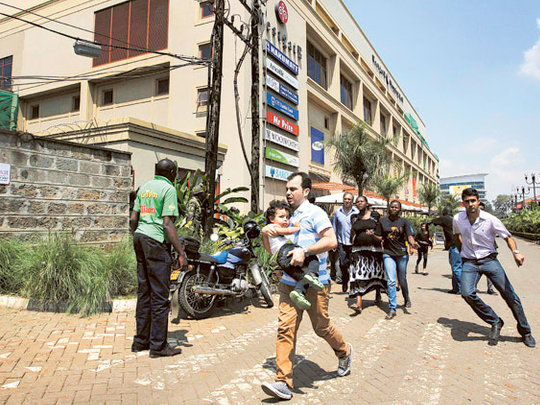
Nairobi, Kenya: The crater of rubble where the mall collapsed is still so hot that investigators are having a hard time examining it for clues.
None of the bodies of the militants killed in the deadly siege has been clearly identified. Even the four attackers captured on security cameras are being called “pink shirt, white shirt, black shirt, blue shirt,” because investigators are not sure of their real names, said an official who had been briefed on the investigation.
Nearly three weeks after militants stormed the Westgate shopping mall in Nairobi, killing more than 60 men, women and children, there are still as many questions as answers.
Kenyan officials, using communications between the attackers overheard by witnesses, images captured on security cameras and information from unidentified sources, have released the names of some suspected assailants, but they are believed to be noms de guerre, not their birth names.
Investigators are still tracing calls made from inside the mall during the attack to try to determine the precise identities of the combatants, the official said.
Even the number of militants remains unknown. Kenyan officials had said that 10 to 15 militants attacked the mall with automatic rifles and grenades, but that number has fallen to as low as four and was probably no more than six.
“For Kenya, there’s still not a lot of clarity about the specifics of the attack,” said Daveed Gartenstein-Ross, an expert on Somalia and Al Shabab at Foundation for Defence of Democracies in Washington.
The Somali militant group known as Al Shabab claimed responsibility for the assault, and officials briefed on the investigation said that elements of the group appeared to have carried it out.
Al Shabab formally pledged its allegiance to Al Qaida in 2012, but the cross-pollination among militant groups in East Africa has a long history, making for networks spanning several countries.
“There has to have been a significant period of surveillance and planning and effort to prepare for this,” said another official, who also spoke on the condition of anonymity because the investigation was continuing.
“They were too well-organised. They were too clear about where they were going and what was happening for there to have been anything but a period of surveillance and a good understanding of what they were going to do.”
Investigators have also been confronted by the collapse of a large section of the mall, which left behind a gaping crater full of debris.
The pit “is still hot and is emitting fumes, products of combustion, which frankly is slowing and hampering the investigation,” one of the officials said.
More bodies have been found in the rubble, but it is not clear whether they were attackers or victims.
The Norwegian police said Thursday that they were investigating whether a Norwegian citizen was involved in the siege, while the Sudanese government has rejected Kenya’s claim that another suspect, identified as Abu Baara Al Sudani, was from Sudan.
The many security cameras in the mall are providing much of the information investigators have to go on. Surveillance tapes show that wounded civilians were executed, but there is no evidence of torture or mutilation of bodies up to this point, one official said.
Some analysts have questioned whether Al Shabab would be capable of conducting such a complicated operation on foreign soil, but major attacks by the group this year on a UN compound and court complex in Somalia’s capital, Mogadishu, have underscored the group’s ambition and ability to carry out ever-deadlier missions.
“It’s been obvious over the course of this year that they’ve been involved in increasingly sophisticated attacks,” Gartenstein-Ross said. “They’ve clearly shown the ability to project power into Kenya.”


